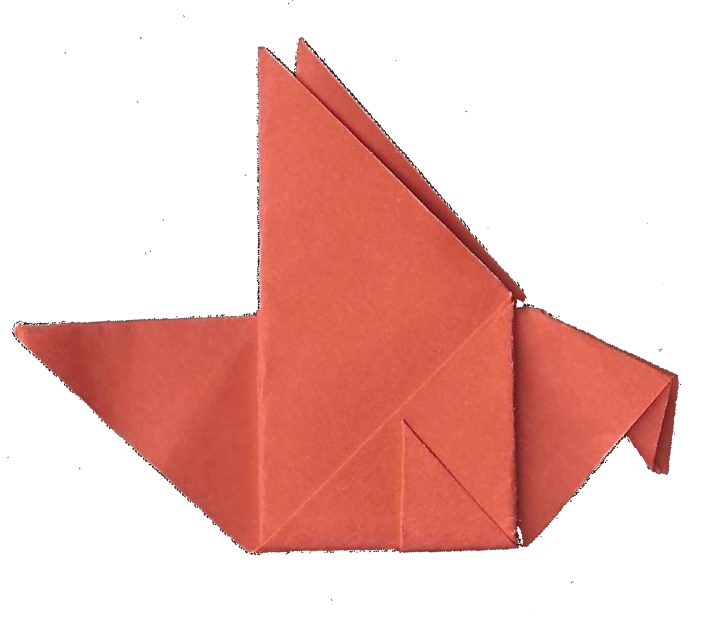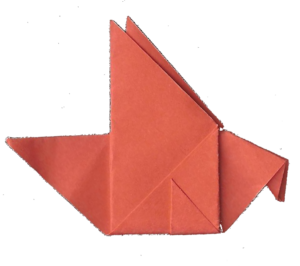A little story
Once upon a time, there was a young warrior. He was just ten years old, sitting at his grandparent’s house. As bored as he was from watching animation movies, he decided to do what he rather did. He took the door to the hall, climbed the stairs, and opened the second door on the right. While entering this completely white room, he recognized the familiar smell of graphite. The room contained nothing more than a little window, a desk, and a pinball table. He went to the desk, stared at the big A1 paper laying there, and took up a nice-smelling pencil. Soon he was in another world. He was scribbling along, putting some lines and circles down on paper which, as the young boy he was, of course represented monsters, dragons, and warriors. He drew full armies and specified their exact composition: 5 slimy monsters, 10 spiky monsters, 2 dragons, and 100 warriors of which 50 had a sword, 30 had a bow, and 20 had special axes designed by him. After that, he designed another army. Finally, le moment suprême, it was time to fight. In his head, swords were clashing, dragons were breathing fire and princesses were screaming while his pencil kept dancing along on the paper.
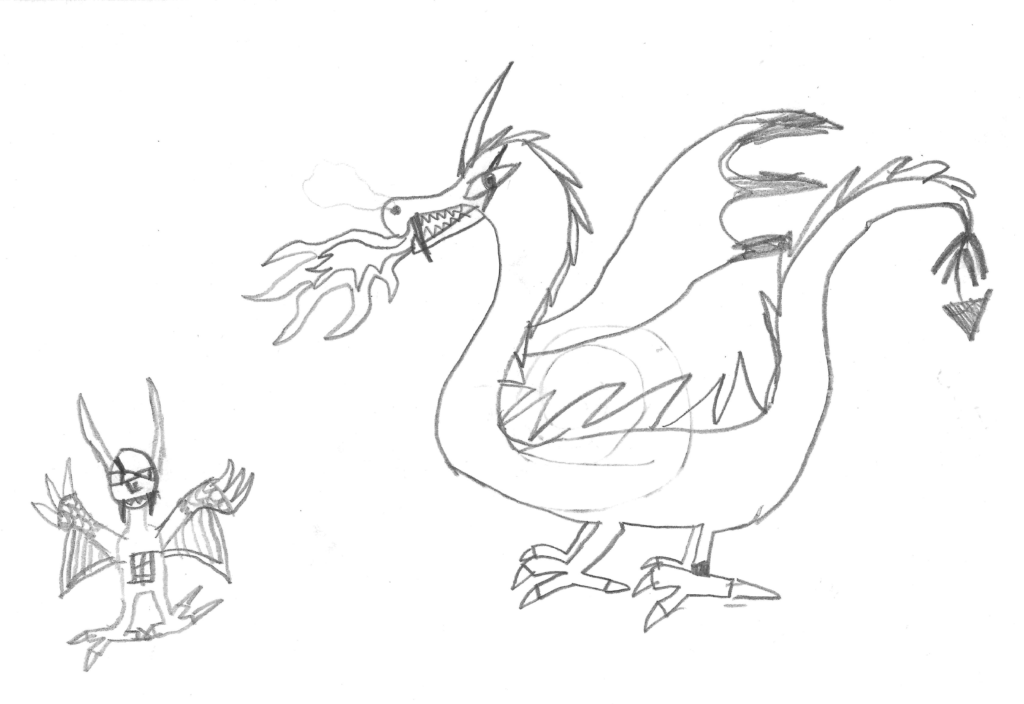
Slowly, his parents started to notice his love for drawing and sent him to the academy of arts for kids. There he could use paint, crayons, and chalk. In other words, all an aspiring artist desired. However, he hated it. He only needed two things: a pencil and a piece of paper. Additionally, he wanted to choose what he drew. He wanted to draw warriors and dragons, not just some silly colorful dogs as an assignment.
(11 years later)
“If I would only have the creativity I had as a child…” said the warrior’s sister one day during dinner without finishing her sentence. I noticed she had the typical “staring into space”-look on her face that people have after finishing a good Netflix series. She had just completed the last season of Stranger Things. “I’m literally blown away,” she continued, “ultra-creative people could have only put this masterpiece together. They must have worked together with children. Or at least got their inspiration from them because children are way more creative than adults.” He felt hurt when he heard this. He wasn’t sure why. Technically, he was an adult now, although he felt sometimes like a child. His drawing skills had improved over the years, but the act of drawing itself had become way less frequent. He surely had been a creative child, but was he still creative? He saw himself as a creative person. Or at least someone who was trying to be creative.
He started to think a bit deeper about creativity. Can only children be creative? Or can adults also be? Or are the creative adults just the ones that managed to care for their “inner child” as so is often been said? Or is creativity the muse like Steven Pressfield describes in his book, who comes to whoever is consistent in their creative endeavor? Or can adults be creative only at night on the brink of sleeping? Creativity seemed to be so elusive…
He had been trying to write creatively for some months now and had set up a whole creativity system in the process. Books laying everywhere, rubber bands on his wrist, and a notebook with him: he was prepared for “The Inner Battle”: The war against Resistance. Was he creative? Or was he just forcing it? Maybe. He didn’t know. All he knew was that he was trying, and that was enough.
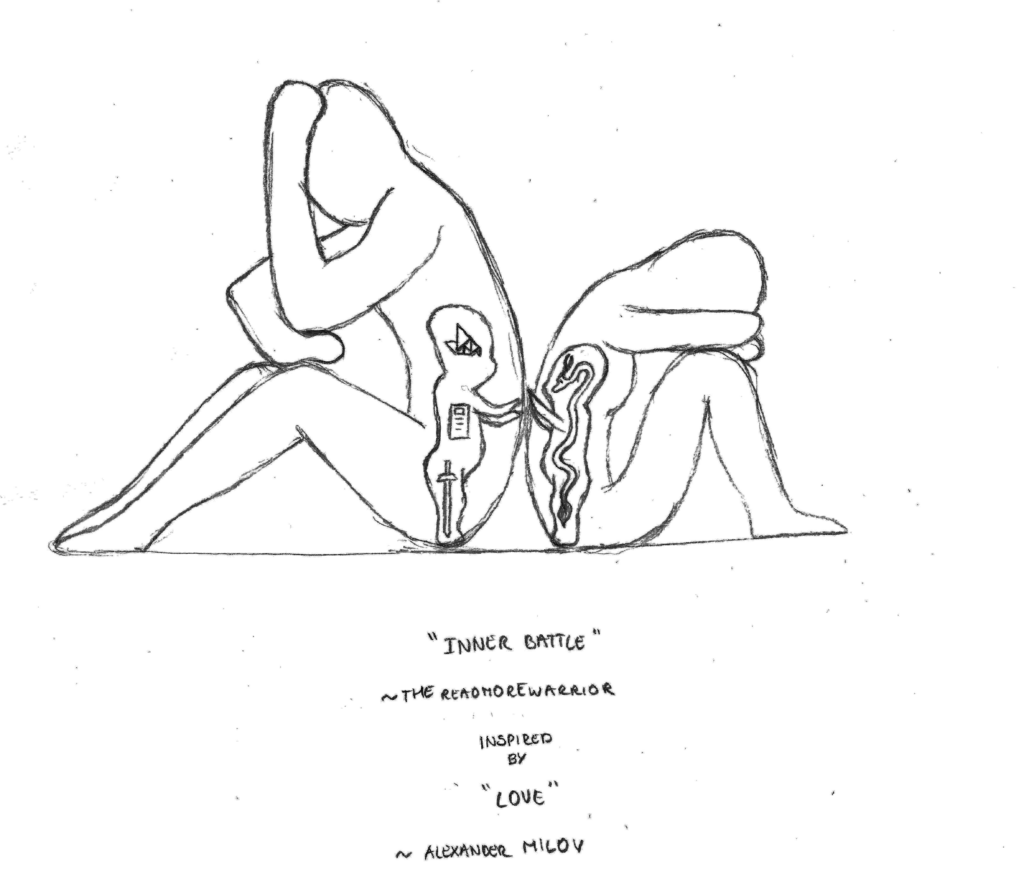
Introducing the “Creativity system” series
Part 1
I’ve been thinking about creativity for a while now, and I noticed that in the course of trying to write creatively about the books I read, I (unconsciously) developed an elaborate creativity system. This system was figured out on the go and crept up to me step by step. I felt like it was time to formalize this system and write down what I actually did. Mostly for myself, actually, but maybe someone who is reading this might get inspiration from it. Dissecting the different parts of what I did was more difficult than I thought because a lot of things had become unconscious.
There is this paradox with creativity. On the one hand, you have the “common sense” most people have: “Isn’t creativity something that happens to you? You can’t force it to come!”. On the other hand, successful artists do their work. They don’t just wait for creativity to come. Like Steven Pressfield says, consistency leads to creativity. On that note, I would like to start by showing you the system I use. However, to fully describe it in one go would be too boring, so I will divide it into different parts. This is part 1 of the “Creativity System”-series which contains the three first elements: 1) Reading books 2) Keeping notebooks 3) Keeping a blogbook
1. Reading Books
I think I’m not lying when I say that the majority of the thoughts ideas and creativity I have, somehow can be traced back to reading a book. Because of that, I see reading books as the starting point of my creativity system. Reading books, in my opinion, goes beyond the act of seeing some written words and processing them in your brain. We can split the reading process up into three parts: before, while, and after, or in other words: choosing a book, reading it, and remembering it.
Choosing
How I choose my books is actually not that special. I choose my books often based on recommendations I get from friends, or that I see online. Also, when I have read a good book, I look if the writer also has other interesting books. Another thing I particularly like is going to the thrift shop and searching for hidden gems over there. I always wonder if the previous owner liked the book or not…
Reading
I already talked a lot about my way of reading: I read slowly, daily, and on a broad range of topics. While reading the book, I especially like to have a pencil with me and some post-it notes. In that way, I can highlight interesting parts, write down my own thoughts, and generally engage more actively with the book. Some people say you can’t write in books because it ruins them. Well, sorry, those people are just losers ;P
Remembering
When the book is finished, I want to remember what it was about. Why would you otherwise read it? But how can we assure that we don’t forget? Like in a post I wrote earlier, to remember, we need to use a lot of different approaches. We can summarize, write about what we read, make drawings to visualize the concepts, and even, lo and behold, test ourselves. I’ve been reading a book called Ultralearning lately by Scott Young. (students, attention!) In this book, he says that studies have pointed out that the best way to remember something is not just reading something over and over again (passive review) or making a concept map of what you’ve learned (e.g. mind mapping). No, it is testing yourself. So what I’m planning to do in the future is to write somewhere down all I can remember of what I’ve read. Although all these things help us with remembering better, I’m convinced that the best thing to never forget, is to act. To experiment with the concepts of the book and really apply them in your life. So don’t just read or study the things you read, do them.
2. Keeping notebooks
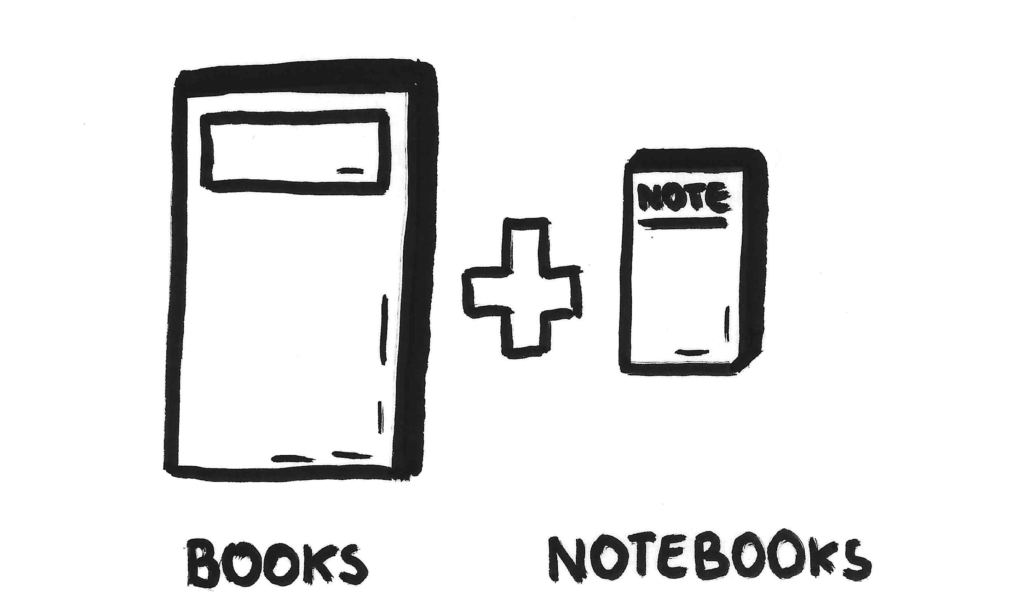
I have a notebook on top of my nightstand for late-night ideas, one inside my nightstand for more personal stuff, and one in my jacket. In that way, I can write or draw something on the go. I also have another notebook I take with me while traveling. Moreover, I have a notebook to write down Spanish words when I’m learning Spanish or having a conversation in Spanish. If I don’t have any of my notebooks with me and I really want to immortalize the thought, I use the notes on my phone as a last resort. I somehow prefer paper and pencil over typing on a phone, being the digital minimalist I am. Conclusion: I have a lot of notebooks.
Why do I do that? Well, call me a thought hoarder. I have a fear of forgetting ideas, so I try to find ways to store them somewhere outside my leaky brain. Not surprisingly: notebooks are the perfect thought containers.
But, what do I write in them? Every thought that I have that is interesting enough and of which I think might come into use later. A lot of what I write about on this blog results from rereading my notebooks.
I have a question for you: Are you creative? If you think you are not creative, is it because you think you don’t have that many creative ideas? Creative ideas are often formed by combining multiple ideas in a new way. However, in order to do that, you must be able to remember your ideas. What if a forgotten thought of yesterday combined with a thought you have right now could blow your mind in such a way you instantly recognize your creative powers? What if this combination could be something nobody else thought of? What if it would improve your life? What if it would improve others’ lifes? Those are a lot of what-ifs, but you (literally) don’t know what you’re missing. So give it a try, write down your interesting thoughts in a notebook and see later if you can combine them.
3. Keeping a Blogbook
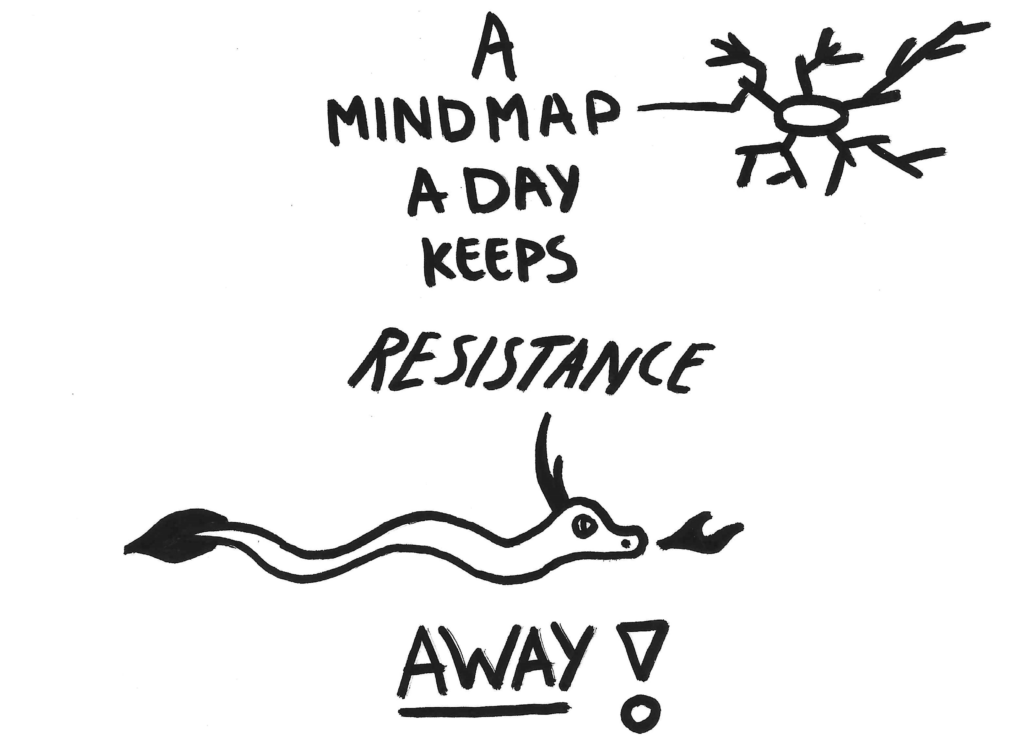
To write these blog posts, I obviously need things to write about. I already said that I use my notebooks to gather ideas. The ideas in my notebooks, however, are too chaotic to start writing from them directly. That’s why I also have a blogbook. This is also a kind of notebook, but in this one, I brainstorm about what I want to write about. If I have an idea of what I want to write about, I start with writing the subject in the middle of the page and after that, I start brainstorming in mind map format what I can write about. This helps me a lot on days I don’t readily know what to write about. I only have to take my blogbook and see what I still have to write about.
Your Turn
Start capturing your thoughts in notebooks. The best day to start was yesterday. Failing that, today will do.
